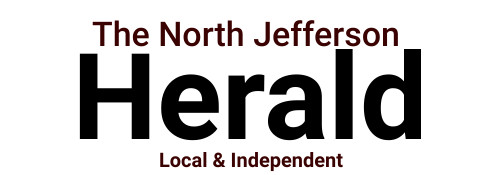Local Homebuyers: What to Expect in Spring 2023
If you have been in the market to purchase a home recently, or if you work in the real estate or mortgage industries, you know that it has been a very difficult 12-15 months. Rising interest rates coupled with increasing home prices have discourag





